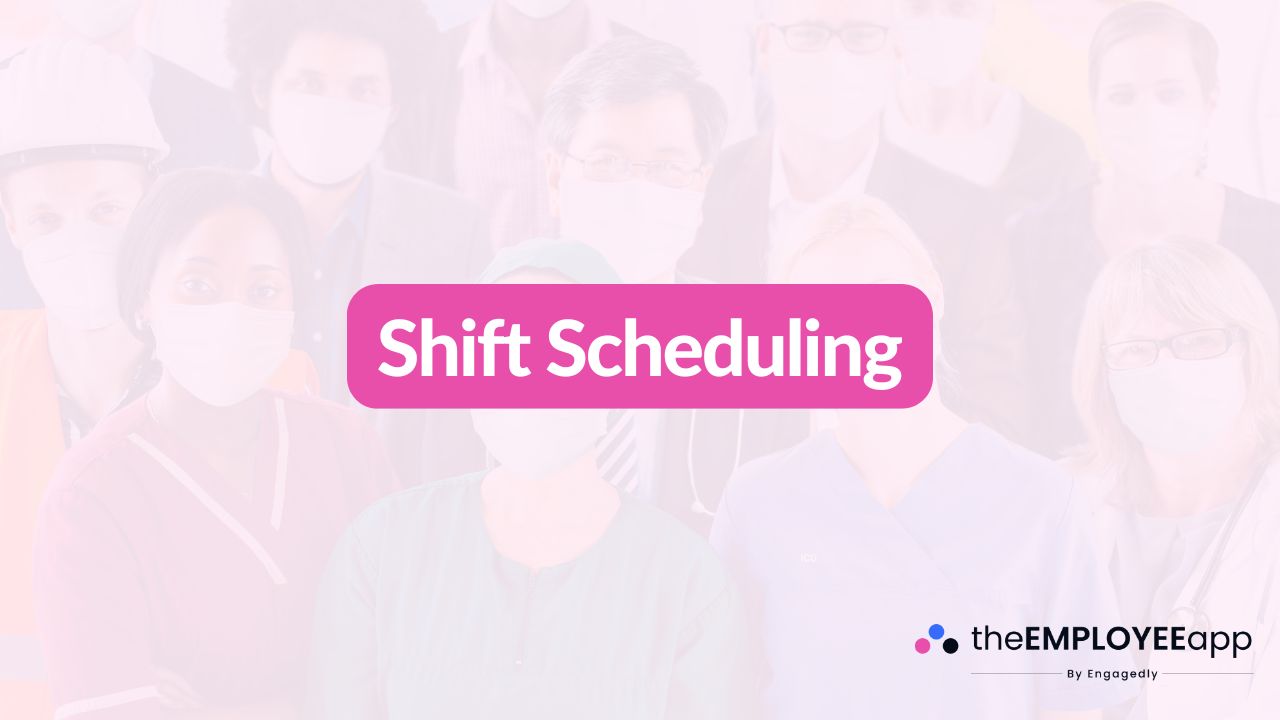
Introduction
Shift scheduling is one of the most essential elements of workforce and scheduling management. It determines how businesses assign working hours to employees, balance workloads, and ensure smooth operations. Done correctly, it improves productivity, reduces burnout, and enhances employee satisfaction. In 2025, where flexibility and efficiency are critical to success, shift scheduling has become more than a back-office task. It is now a strategic function that directly impacts performance and retention.
What Is Shift Scheduling?
Shift scheduling is the process of organizing work hours for employees to ensure coverage across different times of the day, week, or season. It is common in industries such as healthcare, retail, hospitality, manufacturing, and logistics where operations run beyond standard office hours. Scheduling can be done manually with spreadsheets or, more efficiently, through digital workforce management tools that automate assignments, track availability, and monitor attendance.
Why Shift Scheduling Matters
At its core, effective shift scheduling ensures that the right people are in the right place at the right time. Poorly managed schedules can result in understaffing, increased overtime costs, and decreased employee morale. On the other hand, optimized shift scheduling provides several advantages. It improves operational efficiency by ensuring that shifts are always adequately staffed. It supports compliance by adhering to labor laws and avoiding excessive overtime. It also boosts employee engagement by offering fair scheduling practices and greater transparency.
Types of Shift Scheduling
There are several common shift scheduling models used by organizations:
Fixed Shifts: Employees work the same hours on a consistent schedule, such as 9 to 5 every day.
Rotating Shifts: Employees rotate between different shifts, for example alternating between mornings and nights.
Split Shifts: Employees work two or more short shifts in a single day with breaks in between.
On-Call Shifts: Employees are available to work if demand unexpectedly increases.
Flexible Shifts: Employees have some autonomy in selecting their shifts, balancing organizational needs with personal preferences.
Each model has benefits and drawbacks depending on the industry, workforce, and operational requirements.
Benefits of Effective Shift Scheduling
When shift scheduling is done well, it can transform workforce operations. Organizations experience improved productivity because shifts are aligned with peak demand. Employees benefit from fair distribution of hours, which reduces fatigue and enhances job satisfaction. Managers save time and reduce administrative burden with automated systems. Companies also minimize absenteeism and turnover by giving employees more visibility and control over their schedules. Ultimately, better shift scheduling leads to improved customer service because businesses are staffed appropriately to meet demand.
Challenges in Shift Scheduling
Despite its importance, shift scheduling is not without challenges. Manual scheduling is prone to errors, favoritism, or miscommunication. It can be difficult to balance employee preferences with operational requirements, especially in industries with high demand fluctuations. Overtime and last-minute changes can cause stress for both employees and managers. Additionally, keeping up with compliance requirements regarding working hours, breaks, and overtime pay adds another layer of complexity.
Best Practices for Modern Shift Scheduling
Organizations can adopt several strategies to overcome these challenges and improve scheduling effectiveness. Leveraging technology is key, as digital scheduling tools can automate assignments, send instant updates, and integrate with payroll systems. Involving employees in the scheduling process is also beneficial. Giving workers access to mobile apps where they can request time off, swap shifts, or view their schedules improves transparency and trust. Forecasting demand is another best practice, allowing organizations to anticipate busy periods and plan coverage accordingly. Consistency and fairness should be prioritized to ensure equal distribution of hours and prevent burnout. Regularly reviewing schedules and gathering employee feedback can also lead to continuous improvements.
The Future of Shift Scheduling
Shift scheduling is evolving rapidly as organizations seek to balance flexibility with operational demands. With the rise of hybrid and frontline workforces, the focus is shifting toward employee-centric approaches. Predictive analytics, AI-driven scheduling, and mobile-first workforce tools are enabling smarter and more adaptive scheduling practices. In the future, organizations that prioritize both efficiency and employee well-being in their shift scheduling strategies will gain a competitive advantage in attracting, retaining, and engaging their workforce.
Conclusion
Shift scheduling is far more than an administrative task. It is a critical workforce management strategy that directly impacts productivity, compliance, employee satisfaction, and customer experience. By adopting modern tools and best practices, organizations can move from reactive scheduling to proactive, efficient, and fair workforce management. In today’s evolving workplace, effective shift scheduling is not just about filling shifts—it is about building a resilient and engaged workforce.